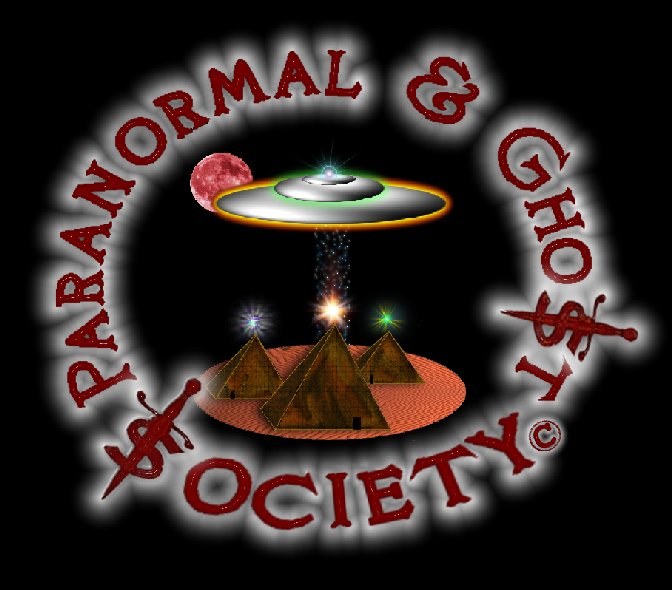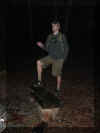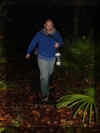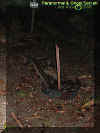|
|
||
|
Welaka
State Forest may not be the biggest series of woods in the state but it
certainly is a gem especially for us paranormal investigators who want to
search for the Skunk Ape, Native American Ghost and Explore these ancient
lands.
The area was inhabited by the Indians around 10,000 years ago full of flatwoods, hammocks, wetlands, sandhills, and bayheads. When the town of Welaka was formed they used this area as a landing for citrus, lumber, and mineral springs. But for the most part this is one of the very few areas that is untouched by man in FL their has been no logging and this forest gets very few visitors. You myswell included Welaka Forest with Ocala after all just a skip across the St. Johns and your into a 360,000 acre of wilderness so yeah its madness lol. But despite the lesser size this forest makes up for it with areas like the Johns Landing Point and Orange Point where are two hidden areas that extend out near the St. Johns where you could camp and fish at. Their are no logging roads criss crossing in it its straight trails and old pioneer natural roads. Some of the roads are labeled but honestly the trails are not marked and there are areas that without a compass you can get lost trust me. You may not be lost for days but being stuck in wetlands for 3 hours or this type of terrain can be like hell. The closer you are to the river the more mosquito's you have to deal with and trust me even in Dec. they are out biting any exposed skin lol. My main interest to the area was two see two sites one being the Mud Spring which what makes this special is that this is a spring you have to hike to. Its not a park and 25 foot walk. This is a spring that sits in the middle of the woods and the water is so clear you can see the fish swimming all around. Millions of gallons of water poor threw this yearly and its a really beautiful area. My other interest was the Mt. Royal Indian Burial Mound. We did not find it but its in the area along the river just like most mounds in the state of FL. This mound was special though because it contains artifacts dating back from when the Spaniards explored this area. I am sharing some information I found about the mound further below. On our hike we did see a few small hills which could have been smaller mounds in the area but its hard to say. After 1935 the forest was used as a center for the study of forestry and wildlife. There is one place called the Sandhill Horse Trail which is near an area that manages a 72 horse stable, training arenas and an area for horse shows. So it does have some history and we hiked for miles to bring you these photos. Its a very rough area to hike at times with its thick sand Andrew had sprained his ankle on one of the roads it all goes with the terrain. © By Lord Rick-AngelOfThyNight Mount Royal Indian Mound The
Mount Royal Indian Mound site (8PU35) is located on the eastern bank of
the St. Johns River in Putnam county, about 40 miles south of St.
Augustine, Florida. The site has been continuously occupied by different
cultures from AD 1200 through the present. The area was historically used
as a trail crossing point for the Spanish, British and subsequent groups,
and served as a landing site for vessels. B. Calvin Jones directed
volunteers during excavations sponsored by the Bureau of Archaeological
Research in 1983, 1994 and 1995.
|
||
|
|
|



























